Steel's Economic Value
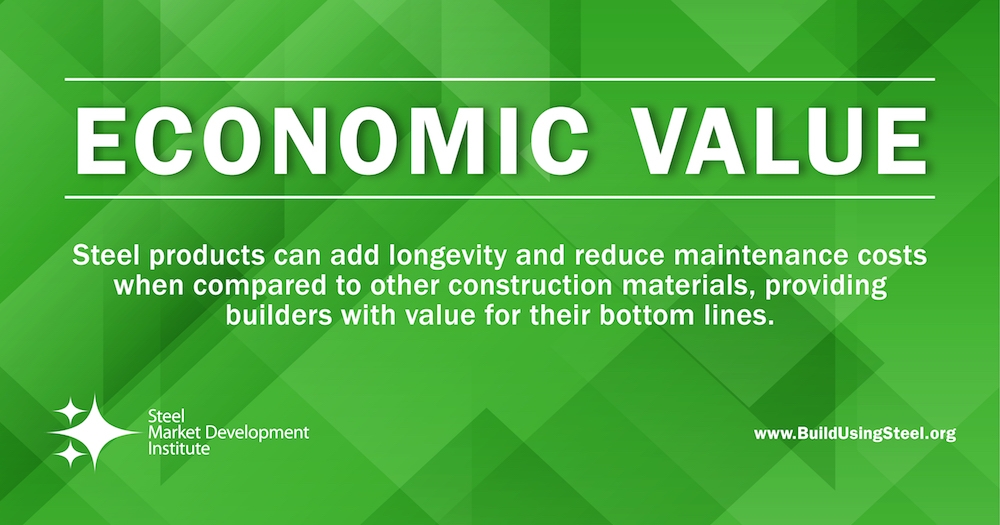
Building owners, developers, contractors and design professionals are concerned with overall system construction costs from the design phase through the operational phase, and not simply the raw material costs of structural and nonstructural systems. When the total cost of construction is considered, comparative cost studies have shown that steel framing offers significant cost benefits over competitive building materials. From lower insurance costs during construction to reduced maintenance costs, steel provides builders with value for their bottom lines.

Steel framing can lead to savings of up to 75% on builder's risk insurance. For example, builder's risk insurance on a four-story, 400-unit hotel built over 24 months cost $360,000 for steel framing. Insurance for the same building constructed with wood would have cost $1.6 million.
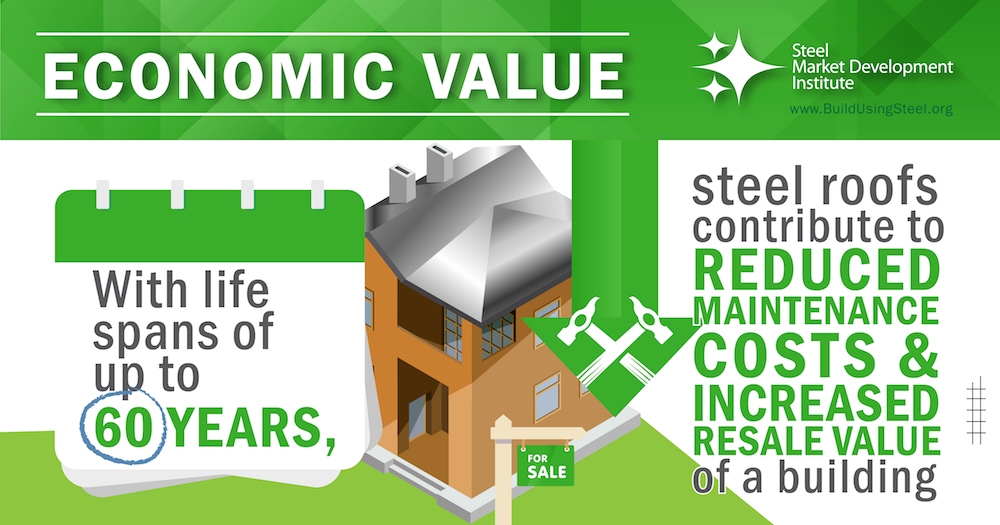
Steel’s durability, noncombustibility and strength make it an inherently resilient design material. With life spans of up to 60 years, steel roofs contribute to reduced insurance and maintenance costs and increased resale value of a building.
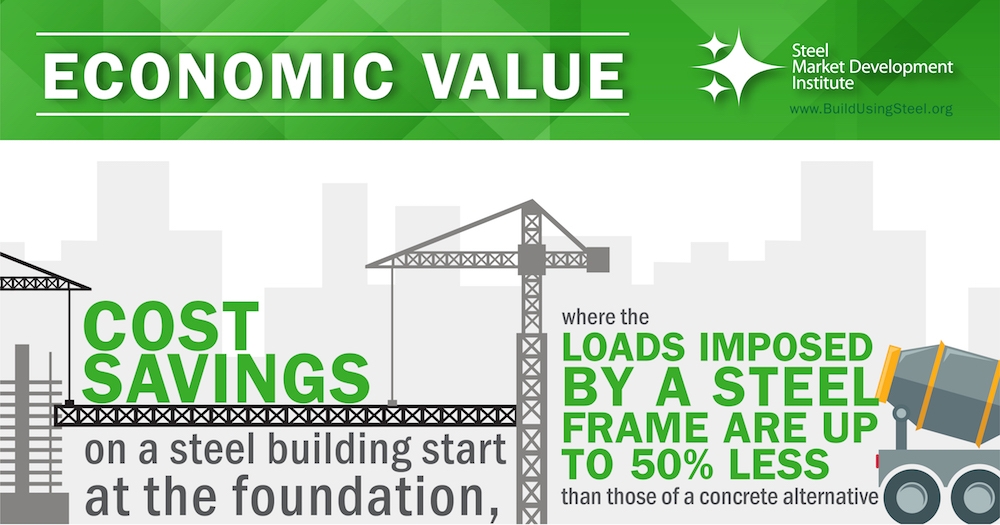
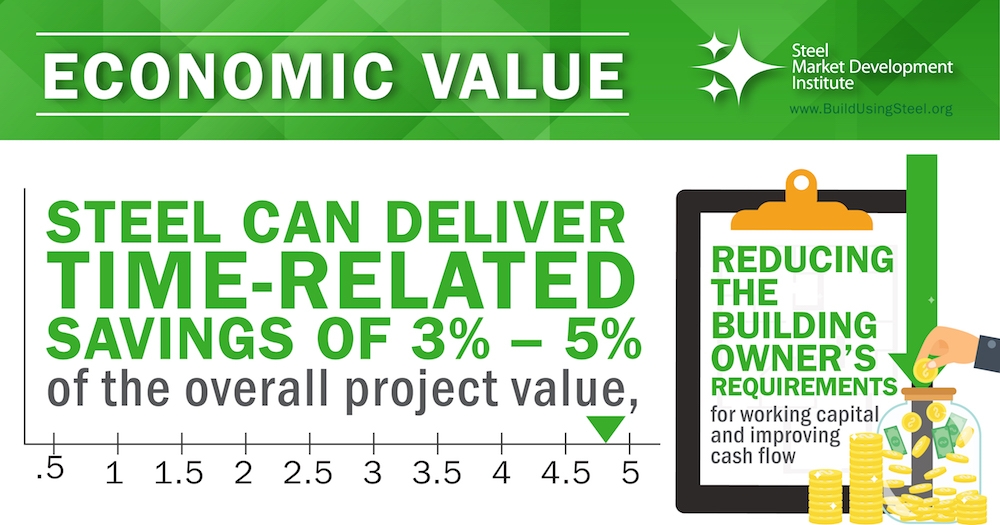
Steel construction products are often fabricated off-site, which reduces on-site labor costs, shortening cycle time and reducing construction waste when compared to other construction materials. Steel can deliver time-related savings of 3 - 5 percent of the overall project value, reducing the building owner’s requirements for working capital and improving cash flow.
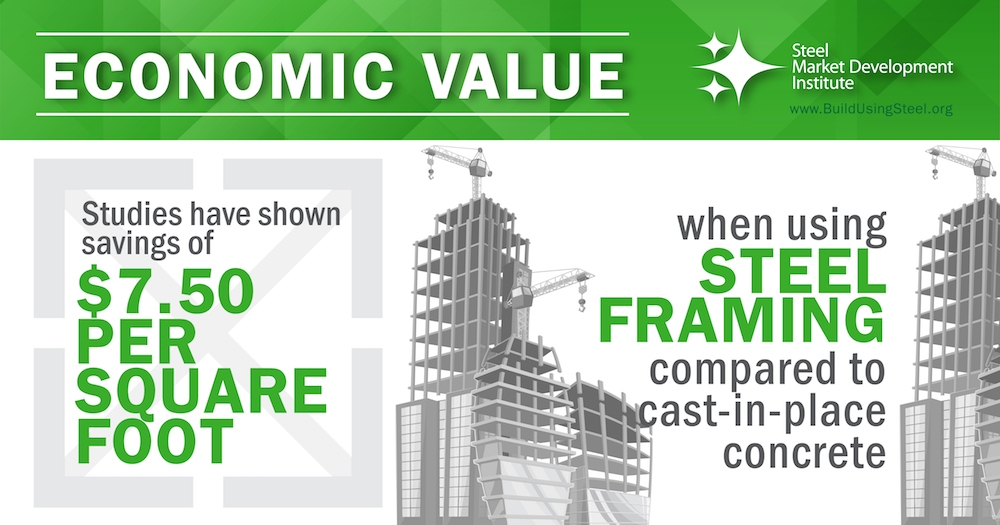
Studies have shown savings of $7.50 per square foot when using steel framing compared to cast-in-place concrete. Cost savings on a steel building start at the foundation, where the loads imposed by a steel frame are up to 50% less than those of a concrete alternative.